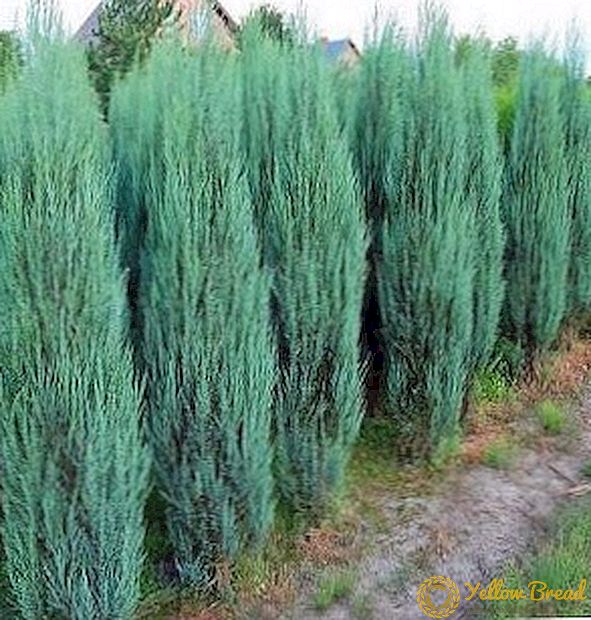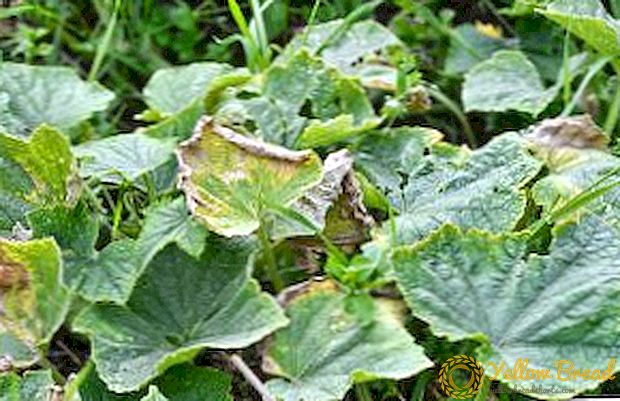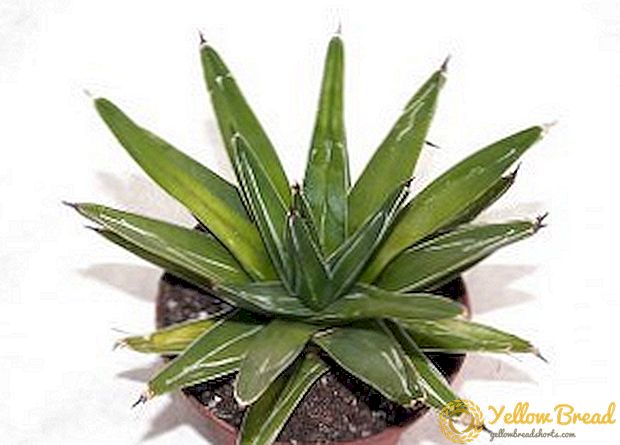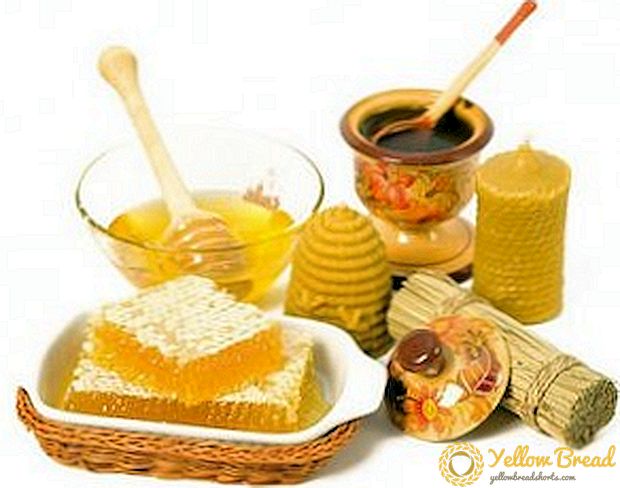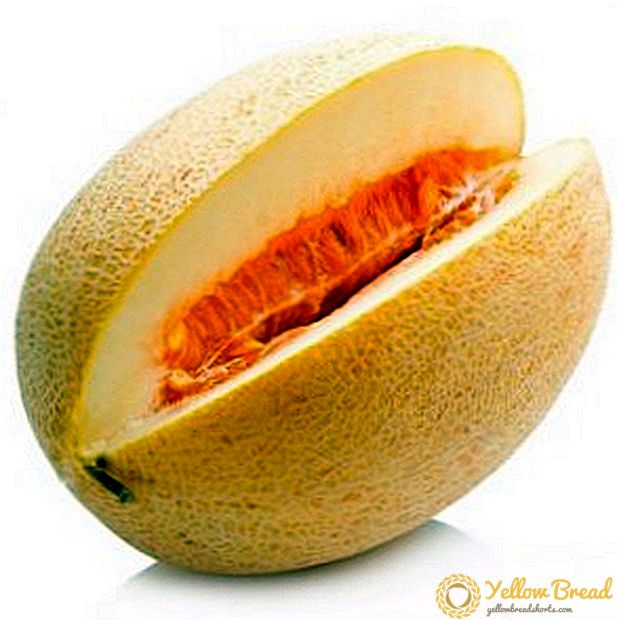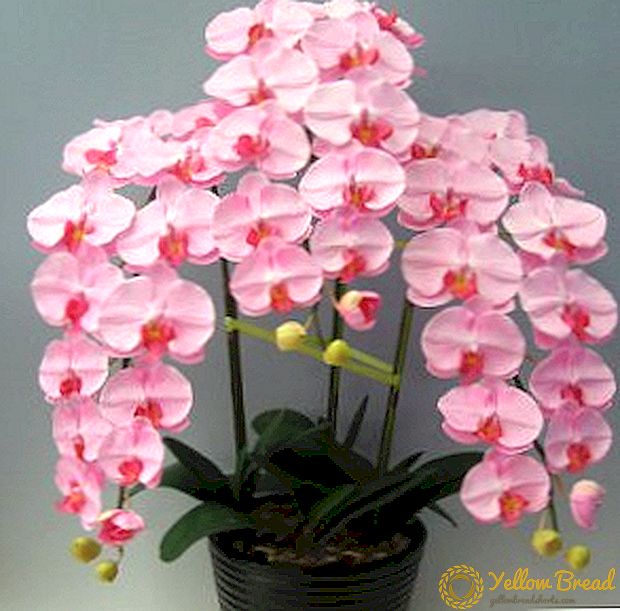 Probably, it will be difficult to find a flower among the variety of indoor plants, which will surpass the orchid in its attractiveness. The room orchid has a long and thin stem, and at the top there is an exquisite flower. The orchid enchants and fascinates with a variety of shapes and colors. However, the orchid is very capricious and has a number of difficulties in the care.
Probably, it will be difficult to find a flower among the variety of indoor plants, which will surpass the orchid in its attractiveness. The room orchid has a long and thin stem, and at the top there is an exquisite flower. The orchid enchants and fascinates with a variety of shapes and colors. However, the orchid is very capricious and has a number of difficulties in the care.
- How to choose the orchid when buying
- Condition of roots and leaves
- Soil condition
- Plant age
- Ideal conditions for growing orchids
- Selection of soil and pot for orchids
- Lighting and temperature
- Watering and spraying orchids
- Fertilizer and dressing
- Home Orchid Transplant
- Orchid reproduction at home
- Division of rhizome
- Side shoots
- Old bulbs
- Cuttings
- Seed method
- Diseases and how to deal with them
- Viral diseases
- Bacterial diseases
- Fungal diseases
How to choose the orchid when buying
Having decided to settle an orchid, we go to the flower shop for it. The range of modern flower shops is huge, the variety of the presented goods can turn the head.
Condition of roots and leaves
 A huge role is played by the quality of the root system. It is best to take a flower with well developed roots. If the root system is healthy, then its color will be grayish or have a green tint.
A huge role is played by the quality of the root system. It is best to take a flower with well developed roots. If the root system is healthy, then its color will be grayish or have a green tint.
If the tips of the roots are bright green, then the orchid is in the phase of active growth, which means that it is not susceptible to any diseases. It is easy to check the status of the root system; for this, shake the pot with a flower - if it does not roll and dangle, then everything is fine with the roots.
It is necessary to refuse to buy a flower with a sticky or whitish bloom. If the flower has a clearly darkened shade of leaves, then it was kept in a dark place, too bright (yellow or red shade) indicates an excess of light.The orchid, in which the leaves were folded with an accordion, grew without the proper amount of moisture, and the presence of points and spots indicates the presence of harmful insects.
Soil condition
 For the life of orchids is not accepted to use the soil. It is too heavy, does not allow enough air and moisture to the roots, so you need to use different substrates. Orchid soil is collected from sand, bark, perlite or vermiculite, granulated clay, coal, moss and cork.
For the life of orchids is not accepted to use the soil. It is too heavy, does not allow enough air and moisture to the roots, so you need to use different substrates. Orchid soil is collected from sand, bark, perlite or vermiculite, granulated clay, coal, moss and cork.
Plant age
It is very important to learn to distinguish between a mature plant and a young seedling. An adult orchid that is able to bloom and multiply is always worth more than a seedling, which still has to grow for a long time. The young seedling has very little foliage, compared to the already formed orchid.
The seedling will bloom only a few years later. If you want an orchid because of its beautiful flowering, it is better to opt for an adult flower.
Ideal conditions for growing orchids
Having brought home a flower, a reasonable question arises: how to care for an orchid? Orchid is considered a very demanding flower. For a comfortable existence orchid needs suitable soil, lighting, proper watering, a certain humidity, the availability of necessary fertilizers and timely transplanting.
Selection of soil and pot for orchids
As already mentioned, the main task of the soil and a pot for orchids - it is keeping the flower upright, letting in air and protecting the roots from excess moisture. In the role of soil is used a substrate, which includes a mixture of natural fibers, moss, bark, clay, coal and sand with vermiculite or perlite. 
All these ingredients are well crushed, add some dry leaves and a pinch of garden soil. Due to this composition, the substrate will retain the right amount of moisture and all useful substances.
As a pot, you can use containers that can trap the substrate inside, for example - the most common plastic pot, in which there are many holes for draining water.So that the appearance does not deteriorate, it can be placed in a wire pot, mesh or basket.
Lighting and temperature
The optimal temperature for the development of orchids at home ranges from +18 to +27 degrees Celsius during the day and from +13 to +24 at night. If your apartment is well heated, then try to clean the orchids in a cooler place at night.
Frequent transfers of orchids to a cooler place at night will help the flower grow faster, and it will be able to release a new flower spike. Almost all types of orchids can withstand temperature deviations, but as the temperature drops, reduce orchid watering, and as the temperature rises, watering should be increased.
As for lighting, it should be bright, while scattered. Direct sunlight is detrimental to the flower. If the plant has enough light, then it will long delight you with its flowering.
Watering and spraying orchids
 Do not forget about the proper watering and hydration of an orchid, as its successful growth and flowering depend on it.How much and often you need to water the flower is affected by the dryness and temperature of the air in the room, the lighting, the size of the pot, and what phase of the growing season the orchid is in.
Do not forget about the proper watering and hydration of an orchid, as its successful growth and flowering depend on it.How much and often you need to water the flower is affected by the dryness and temperature of the air in the room, the lighting, the size of the pot, and what phase of the growing season the orchid is in.
It is believed that the orchid tolerates drying out well, and from waterlogging, on the contrary, dies. If a flower does not have enough moisture, then its leaves will bind and shrivel, and if the moisture is too much, the leaves will turn yellow, darken and sodden, and the roots will rot.
Increase the amount of water needed during the active growth phase. In the period of rest after flowering, in winter, when the light is not enough and it becomes cooler, you need to reduce watering.
Fertilizer and dressing
In order for the orchid to bloom well, it must be constantly fed with a balanced fertilizer. Best of all, if for this you buy a special tool for fertilizing orchids. Follow the fertilizer instructions, and your flower will delight you for a long time with its flowering.
Home Orchid Transplant
Good watering and timely transplant are the key to good flower growth. But it is important to understand that the next transplant is a huge stress for the plant. After a transplant, an orchid may hurt for some time, suspend the growth of roots and postpone flowering.
Experienced growers recommend replanting an orchid once every three years.The best time for transplanting is considered to be early spring, during the period of active flower growth.  Prepare the necessary tools before transplanting:
Prepare the necessary tools before transplanting:
- pruner;
- big pot;
- replacement substrate;
- Activated carbon.
- Remember the pot in your hands so that the substrate and the roots are separated from the pot. Carefully remove from the pot.
- Clean the roots of the old substrate.
- Inspect the roots, get rid of possible insects.
- Remove rotten and dried roots, as well as lower foliage.
- Let the roots dry for 8 hours.
- Put a little drainage into the disinfected pot. Place an orchid on top and sprinkle with the substrate. The point of growth must necessarily remain on the surface.
- Do not tamp the substrate too much. But note that the transplanted orchid should not hang out in a pot.
Orchid reproduction at home
 If you already have an orchid for a long time, you have complied with all the necessary conditions for keeping an orchid at home, then you will most likely want to grow several more from one branch. There are several options for breeding orchids, let's consider them.
If you already have an orchid for a long time, you have complied with all the necessary conditions for keeping an orchid at home, then you will most likely want to grow several more from one branch. There are several options for breeding orchids, let's consider them.
Division of rhizome
This is a simple way to grow a flower, with which you can grow any kind of orchid. You need to choose an adult and a large orchid, carefully remove it from the pot and separate the rhizome from the ground.
Use a very sharp knife to cut the rhizome into the required number of parts (leave at least three developed false onions in each part). Treat the roots with charcoal, plant in separate containers and care for the flower as usual.
Side shoots
 Some species of orchids have lateral shoots. These are detached processes of the mother plant that develop around it. If you want to propagate an orchid using lateral shoots, then pay due attention to the cultivation of these shoots.
Some species of orchids have lateral shoots. These are detached processes of the mother plant that develop around it. If you want to propagate an orchid using lateral shoots, then pay due attention to the cultivation of these shoots.
The side shoot is separated from the main sprout after good care and constant spraying, then it is placed in a separate pot and looked after as an independent plant.
Old bulbs
Reproduction with old bulbs occurs after division of the rhizome. After you divide the rhizome and spread out in separate pots, the flower begins to grow.
In the pot, where there will be more old bulbs, the orchid will grow more slowly, because in the old bulba there is not so developed a bud, from which a viable, healthy shoot will grow.
Cuttings
You can try to grow an orchid with cuttings, if a certain distance is maintained between the developed nodes of the shoots. To do this, with a sterile sharp knife at an angle cut off the shoot.
The charcoal is disinfected into sections and planted in a separate pot. The handle is looked after as a full-fledged plant, and after a while you will be delighted with its appearance by another elegant orchid. 
Seed method
The orchid is a capricious and whimsical flower, which allows for reproduction and care for it at home, but it is impossible to grow orchids from seeds at home. The main reason can be considered the possibility of growing orchids exclusively in the laboratory.
All this is because under natural conditions the seeds of plants develop, obtaining nutrients through the root sponge and fungi root, and in orchids the nutritional tissue is simply absent.
You, of course, can conduct such an experiment. If successful, you can safely count on the immense respect of scientists and some of the prize.
Diseases and how to deal with them
Orchids need constant care.Improper or delayed care can be detrimental to the orchid, causing various diseases. In the case of a flower disease, treatment can take a very long time, and it will be good if the treatment helps
Viral diseases
Viral diseases in orchids are, in principle, rare. But if you notice that the orchid leaves are covered with mosaic blotch, the spots form small stripes and circles, then, most likely, this is a viral disease. If the viral disease is confirmed, it is necessary to burn the flower as soon as possible.
Bacterial diseases
 Due to bacterial diseases, flower leaves are covered with characteristic patches similar to bacteria. Spots, if not treated, become wet ulcers, the leaves become soft and yellow. Treatment in this case, only one thing - cut the infected area, process it with iodine and neighboring areas.
Due to bacterial diseases, flower leaves are covered with characteristic patches similar to bacteria. Spots, if not treated, become wet ulcers, the leaves become soft and yellow. Treatment in this case, only one thing - cut the infected area, process it with iodine and neighboring areas.
Fungal diseases
There are several main types of fungal diseases of orchids.
Anthracnose. A symptom of the appearance of the fungal disease are small, brown spots on the leaves. Over time, if you do not take measures, they merge into solid black concave areas with yellow or pink bloom.
The main cause of this disease is considered high humidity and stagnant water in the pot. Cure this disease is impossible cut the affected areas down to healthy tissue. Treat the cut area with ashes.
Mealy dew. If the plant is covered with white bloom, then rest assured - it is powdery mildew. This fungus leads to drying and death of the affected area.
The fungus develops due to the increased humidity of the air temperature. For treatment need to spray orchid colloidal sulfur solution. Before spraying, water the flower well.
Gray rot. Brown spots affecting the whole flower are a symptom of gray mold. It arises due to violations of water and temperature conditions. For treatment use the drug "Immunocytofit". 
As you can see, growing an orchid is not such an easy task. But this beautiful flower is definitely worth it. Do not neglect the recommendations for care, and your orchid will delight you for a long time.

